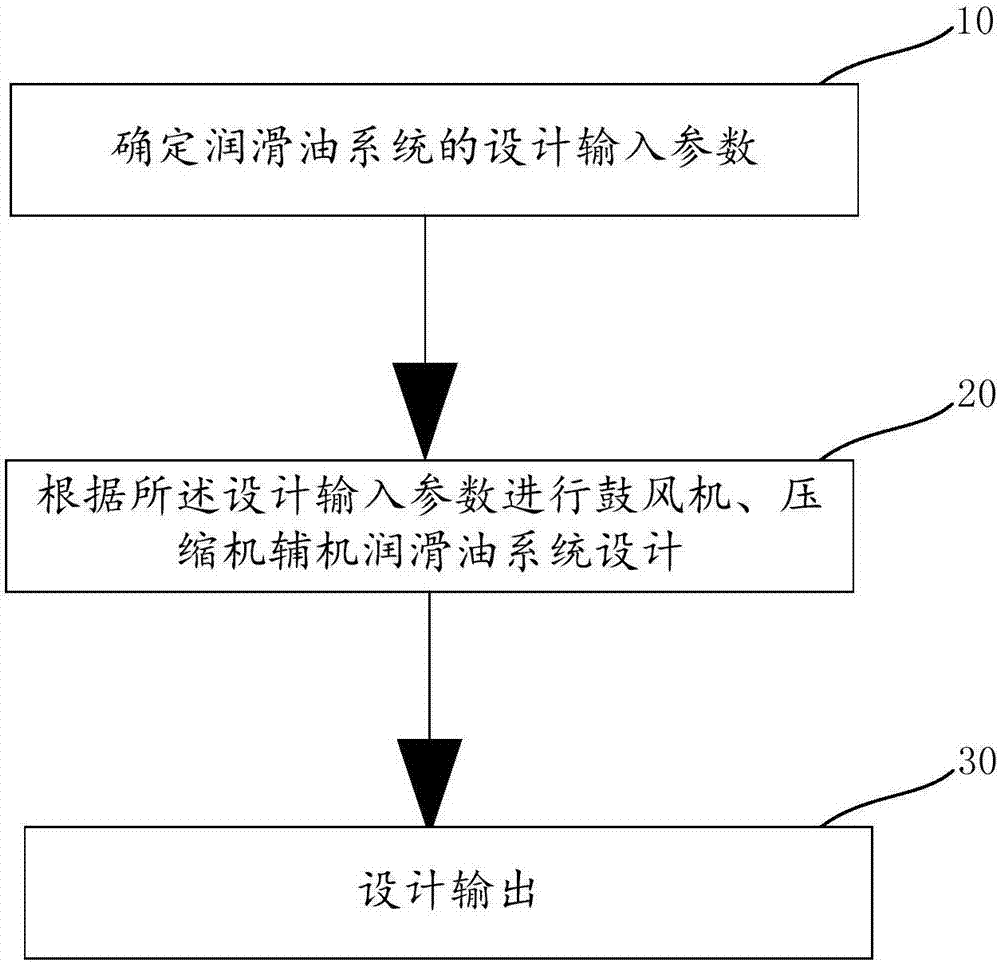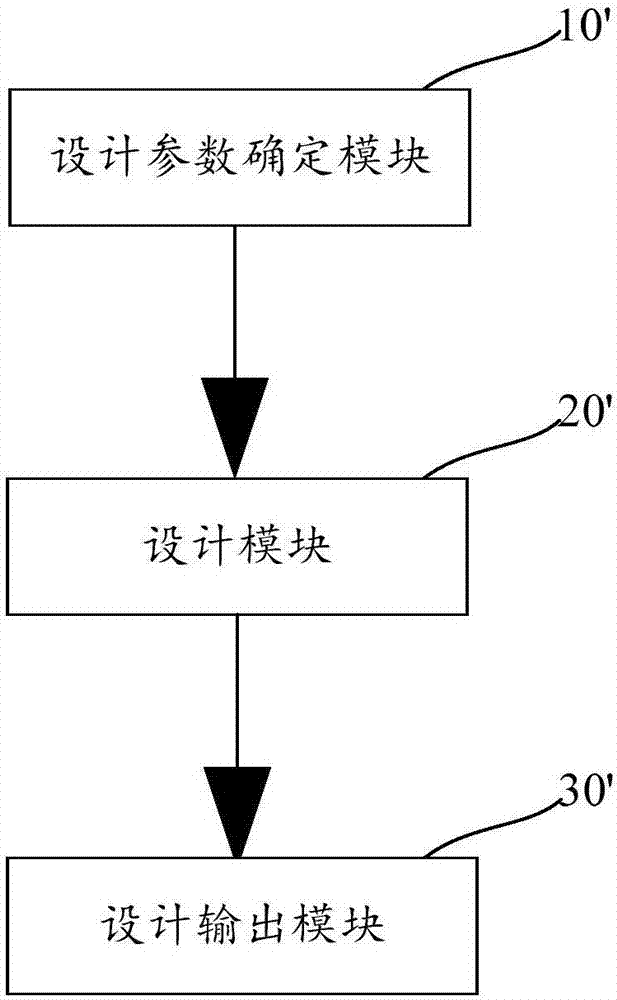Design method and device for lubricating oil system for air blower and auxiliary equipment of compressor
A technology of lubricating oil and compressor, applied in the field of lubricating oil system, to achieve the effect of avoiding duplication of work and preventing data leakage
- Summary
- Abstract
- Description
- Claims
- Application Information
AI Technical Summary
Problems solved by technology
Method used
Image
Examples
Embodiment Construction
[0022] see figure 1 , the design method for the lubricating oil system of blower and compressor auxiliary machine that the embodiment of the present invention provides, comprises:
[0023] Step 10. Determine the design input parameters of the lubricating oil system; the design input parameters include project information, industry design standards, a list of blower lubrication equipment, lubricating oil properties, lubricating oil flow pressure, lubricating oil supply pressure, accumulator The placement position of the compressor, the idling time of the compressor, the components of the lubricating oil system and the common engineering conditions; the lubricating oil system is used for blowers and compressor auxiliary machines.
[0024] Among them, the project information includes user name, project address, project name, project number, contract number, quotation number, device name, version information, design, proofreading, review: output of purchased parts agreement, instr...
PUM
 Login to View More
Login to View More Abstract
Description
Claims
Application Information
 Login to View More
Login to View More - R&D
- Intellectual Property
- Life Sciences
- Materials
- Tech Scout
- Unparalleled Data Quality
- Higher Quality Content
- 60% Fewer Hallucinations
Browse by: Latest US Patents, China's latest patents, Technical Efficacy Thesaurus, Application Domain, Technology Topic, Popular Technical Reports.
© 2025 PatSnap. All rights reserved.Legal|Privacy policy|Modern Slavery Act Transparency Statement|Sitemap|About US| Contact US: help@patsnap.com



